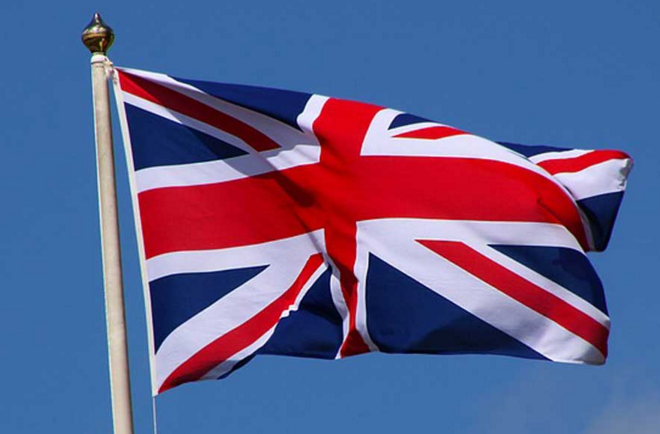2020 UK Ad Spend To Drop To £21.4B Before Rebounding to £25B In 2021 – B&T Magazine

|
Getting your Trinity Audio player ready...
|
SOURCE: B&T Magazine
The latest Advertising Association/WARC Expenditure Report shows UK ad spend is predicted to fall 15.6% year-on-year in 2020 to £21.4bn, which is a slight improvement on the drop of 16.7% forecast in April. The data demonstrates the deep impact that COVID-19 continues to have on advertising and the wider UK economy. New figures for Q1 2020 show total ad spend rose 2.9% year-on-year to reach £6.4bn, just as the COVID-19 crisis was beginning to take hold. This contrasts with the 39.0% decline estimated for Q2.
The 1.1pp improvement in the outlook this year, from -16.7% to -15.6%, is linked to the estimated impact of recent measures announced by the Government to stimulate consumer spending. However, with high unemployment levels expected well into next year, alongside the possibility of a second COVID-19 wave this winter, year-on-year growth is not expected before Q2 2021. Growth is then anticipated to be substantial, with total 2021 ad spend forecast to be 16.6% higher than 2020 – this assumes a successful vaccine will be in place. Despite this growth, total 2021 ad spend is still predicted to be lower than the 2019 figure of £25.3bn, meaning pre-COVID-19 levels of ad spend will not be seen until 2022 at the earliest.
Today’s figures show that the outlook for UK advertising remains fragile, with a significant decline forecast for the rest of the year, before welcome growth in 2021.
The data show online and digital formats performing strongly in Q1 2020 – search and online display grew by 10.1% and 11.8%, respectively, while video on demand (VOD) recorded growth of 11.3% and online national newsbrands saw a rise of 14.2%. However, these are all expected to see a significant fall in Q2 2020 due to the impact of the pandemic and the consequent lockdown. The biggest falls are predicted to be for cinema with a 100% decline and out of home with a 70.4% decline. These media are both forecast to record some of the largest gains in 2021, with digital out of home (DOOH) seeing a rise of 38.7% and cinema witnessing the highest increase of all formats at 79.6%.
The stark figures reinforce the Advertising Association’s call for a tax incentive scheme for advertising and marketing services, with the aim of stimulating investment and encouraging advertisers to continue, or return to, advertising. Such a plan would also encourage companies that do not currently advertise, typically SMEs, to invest in advertising and act as a stimulus for the wider economy.
Keith Weed, President, Advertising Association commented: “It is vital that our industry continues to do all it can to support the recovery, most pertinently by joining the ‘Enjoy Summer Safely’ coalition to help mainstream essential public health messages. It has been incredibly impressive to see how our industry has so quickly rallied together to carry public health campaigns and other initiatives to inform and assist people across the country.”
Philippa Brown, Chair, Advertising Association & CEO, PHD commented: “These figures point to light at the end of the tunnel, which will come as a welcome relief to companies and colleagues across the advertising and media industries. While the focus remains on returning our economy to growth, it is also important we keep focus on the social recovery too and what this means for our industry around such issues as climate change and building a truly inclusive workforce, areas central to the Advertising Association’s work over the coming months.”
Stephen Woodford, Chief Executive, Advertising Association commented: “Today’s figures show that the outlook for UK advertising remains fragile, with a significant decline forecast for the rest of the year, before welcome growth in 2021. This forecast demonstrates the need for Government to continue working with the advertising industry to boost confidence in the economy and among consumers. This can be achieved through initiatives such as our tax credits scheme for advertising, but also by ensuring we have a regulatory environment that is open and fair, to ensure businesses have the confidence to invest. This means avoiding increased rules and regulations, such as those proposed for HFSS advertising, that will weigh on the much-anticipated recovery we hope to see next year.”
With unemployment expected to remain well above pre-pandemic levels into next year, and the possibility of a second virus wave during the winter, no growth in total ad spend is forecast until Q2 2021.
James McDonald, Head of Data Content, WARC commented: “First quarter metrics were softer than had been anticipated going into lockdown, but we believe the second quarter will represent the nadir. With unemployment expected to remain well above pre-pandemic levels into next year, and the possibility of a second virus wave during the winter, no growth in total ad spend is forecast until Q2 2021.
“Our cautious optimism that investment will rebound from April 2021 is rooted, in part, in a belief that a ‘new normal’ will then have been established, borne by a successful vaccination programme. Under these circumstances, we feel the UK’s ad industry can attain a full recovery during 2021 as a whole, though total market value will still be down on 2019’s peak.”

